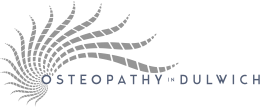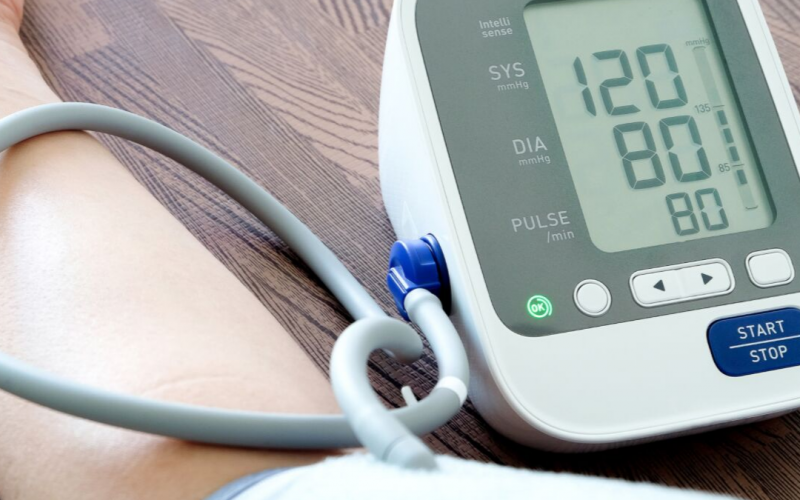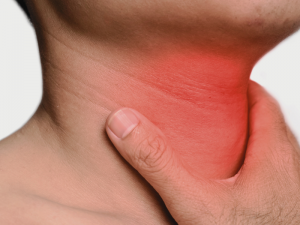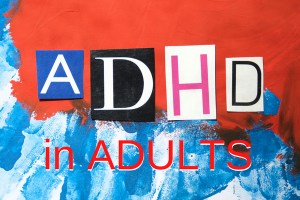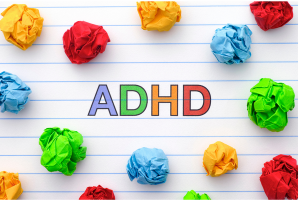Studies estimate that one in four adults in the UK to have high blood pressure without realising it because it rarely has any signs or symptoms. Hypertension the medical term for high blood pressure, untreated it increases the risk of severe health problems..
What is blood pressure?
Blood pressure is the force of blood pushing against the walls of the arteries as the heart pumps blood. Hypertension is a common disease in which blood flows through blood vessels and arteries at higher than normal pressure.
Checking blood pressure involves two numbers measured in millimetres of mercury (mmHg)
- The systolic pressure is the higher number; it records the force at which the heart pumps blood around the body.
- The diastolic pressure is the lower number measuring the resistance to the blood flow in the blood vessels.
- A reading between 120/80 mmHg and 140/90 mmHg could mean at risk of developing high blood pressure if steps are not undertaken to bring it under control.

Risk factors for high blood pressure
- Being over the age of 65
- BMI over 30.
- Smokers.
- Family history of hypertension.
- You are of African or Caribbean descent.
- Lack of exercise.
- High consumption of coffee or other caffeine-based drinks.
- Insomniacs, and poor sleepers.
Hypertension can lead to other serious health conditions, heart attack, chronic heart failure, stroke and kidney disease.
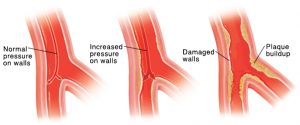
High blood pressure, why the fuss?
When blood pressure is too high over a prolonged period of time, it puts strain on our body; on blood vessels, the heart, kidneys, eyes and the brain. Which can increase the risk of serious and life-threatening health conditions, such as:
strokes
heart disease
heart attacks
heart failure
kidney disease
vascular dementia
Taking steps to reduce high blood pressure by even a small amount can reduce the risk of these health conditions.
Blood pressure health checks.
- Adults over 40 are recommended to have their blood pressure checked at least once each year. Most GP surgeries provide automated blood pressure machines in their waiting rooms, or your doctor or practice nurse can check it for you
- Many pharmacies offer this as a free service
- The other option is home blood pressure measurements (HBPM) you will have to purchase your own monitor. The NICE guidelines recommend upper arm cuff machines to get the most accurate readings. When taking your BP at home it’s important to sit quietly for 5 mins, then take 3 reading a few minutes apart record the middle reading.
Tip: If you are using home readings to compare with a health profession, it’s useful to take your machine to the appointments as individual monitors can vary.
Additional tests
Ambulatory Blood Pressure Monitoring (ABPM) is used for people with borderline high readings or those who have white coat hypertension, a syndrome, in which some folks exhibit raised blood pressure, in a clinical setting but not in other contexts.
ABPM uses a small digital machine, connected to a cuff around your upper arm, and attached to either a strap across the body or a belt. It takes regular reading over a 24hr period (day and night) as people move around living their normal daily life.
Stages of hypertension
Stage 1 or Pre-hypertension
- Systolic pressure from 120 to 139 or a diastolic pressure from 80 to 89 is pre-hypertension.
Stage 2 or mild hypertension
- Medication is usually advised at this stage.
- Subsequent ABPM daytime average 135/85 or higher
- Or HBPM average blood pressure of 135/85 or higher.
Medication is usually advised at this stage
Stage 3 or Moderate hypertension
- Blood pressure is 160/100, and subsequent ABPM daytime average
- Or HBPM monitoring average is 150/95 mmHg or higher.
Stage 4 or Severe Severe hypertension
- Systolic blood pressure 180 or higher .
Medication for high blood pressure
GP’s may recommend taking one, two or sometimes more medications to control elevated blood pressure, these are dependant on how high the readings are, the age, gender and ethnicity of the patient. Medications include:
- ACE inhibitors
- Angiotensin-2 receptor blockers (ARBs)
- Calcium channel blockers
- Diuretics
- Beta-blockers
- Alpha-blockers
Self-help to manage hypertension
- Mediterranean diet, rich in unprocessed foods high in fibre; vegetables, fruits, seeds and beans.
- Omega-3 rich foods, like grass-fed beef, wild-caught salmon, chia seeds and flaxseeds
- Potassium-rich foods balance the effect of sodium, include things like, bananas, melons, avocados and coconut water
- Garlic is a natural vasodilator; studies showed that garlic reduces blood pressure in patients with uncontrolled hypertension. Taking a good quality supplement is an option if you don’t or can’t eat it.
- Dark chocolate contains cocoa phenols and flavonols, which are also natural vasodilators so can widen blood vessels helping to lower blood pressure and improve blood flow to the brain and heart.
- Follow the DASH (Dietary Approaches to Stop Hypertension). Similar to the Mediterranean diet, DASH encourages eating a low sodium (salt) diet and a variety of foods rich in potassium, calcium and magnesium which can help lower blood pressure.
Exercise
Any cardiovascular, or aerobic activity that increases the heart and breathing rate can help lower blood pressure and make the heart stronger, these are possible options;
- Brisk walking
- Cycling.
- Jogging/running.
- Swimming.
- Dancing.
Please take medical advice before starting a new exercise programme.
Other self-help options
Meditation, mindfulness and other stress reduction methods including Tai Chi, Qigong, creative outlets such as drawing, painting, listening to music have been shown to help in the multifactorial management of reducing high blood pressure.
Things to avoid (sorry)
- Reduce or avoid alcohol; it narrows arteries which increases blood pressure.
- Stop smoking; it damages blood vessels and raises the risk of heart problems.
- Avoid high-sodium processed and tinned foods.
- Avoid Trans fats and omega-6 fats, as these fats increase inflammation and blood pressure
- Studies show that high sugar consumption contributes to high blood pressure and might more of a problem than salt intake.
- Reduce or avoid caffeine as it also causes a spike in blood pressure.
Supplements
Along with prescribed medication and lifestyle changes, supplements can help improve cardiovascular health.
Please seek the advice of a qualified practitioner or a GP before taking supplements as some can interact with prescribed medication.
- Fish Oil, many studies have shown consuming EPA and DHA forms of omega-3 fatty acids reduce inflammation and benefits heart health.
- Coenzyme Q10 is an antioxidant critical for supporting heart health.
- Magnesium helps relax blood vessels and can have an immediate impact on naturally lowering blood pressure.
Summary
A rise in blood pressure is considered by many to be a normal part of the ageing process, often without any noticeable symptoms. Which is why prevention, early detection, and management are so crucial to long-term health.
Take up invitations to have your blood pressure checked professionally at least once every six to 12 months, especially if you have a family history or at higher risk for heart disease or stroke.
Disclaimer:
This information is intended for guidance only, it should not be considered a substitute for medical advice, diagnosis or treatment given in person by a trained health professional.
SaveSave
SaveSave
SaveSave
SaveSave
SaveSave
SaveSave
SaveSave
SaveSave
